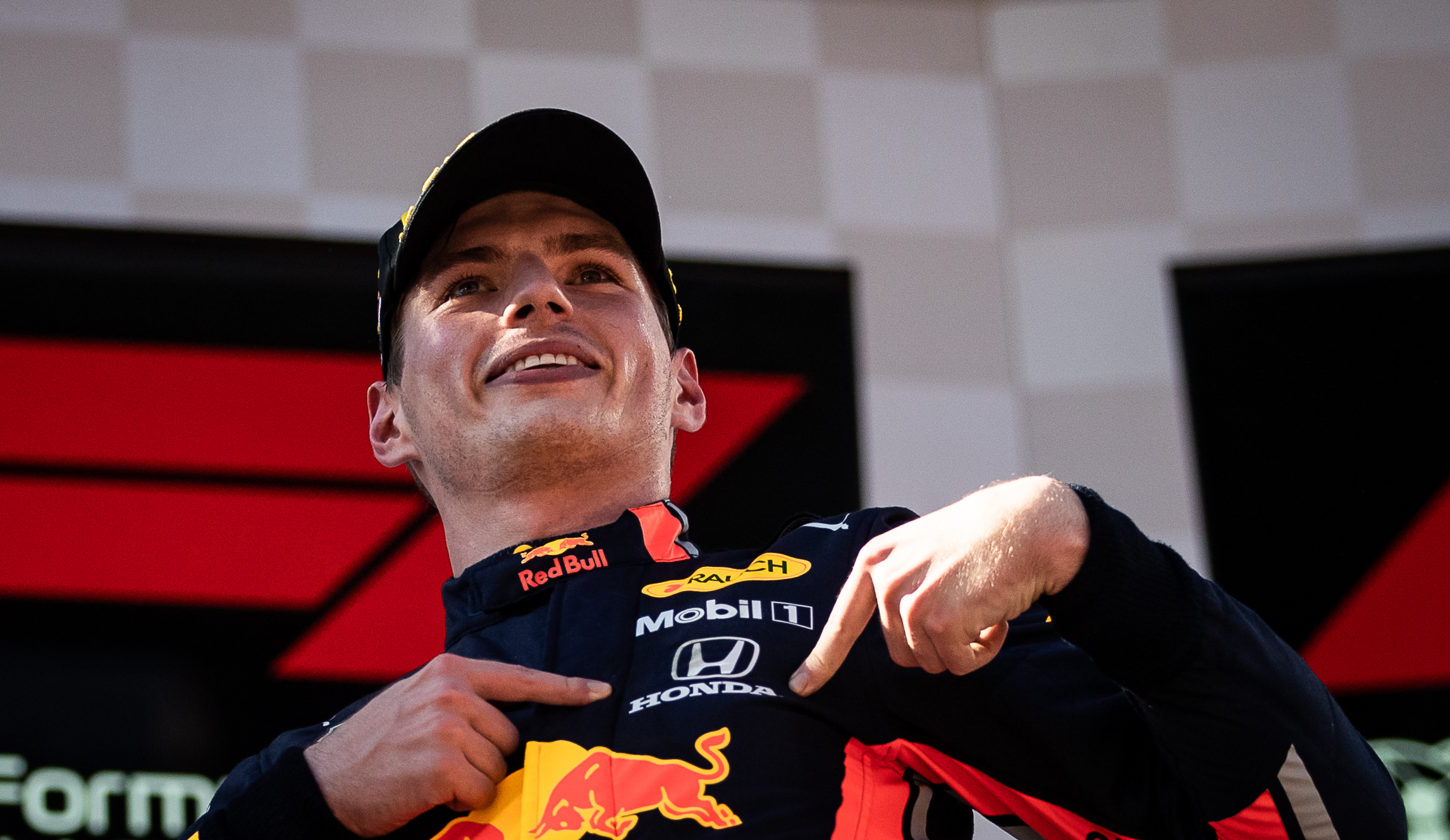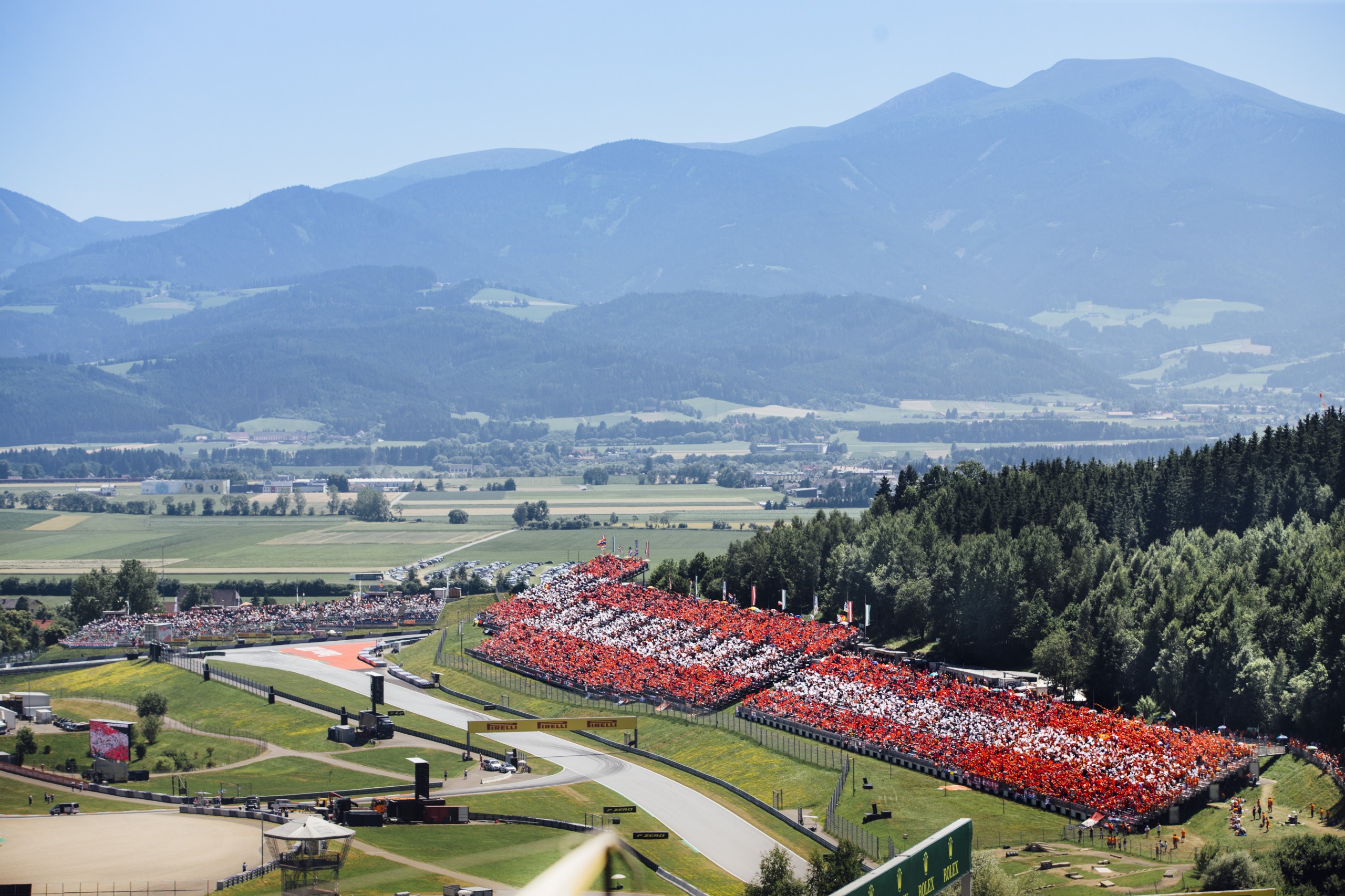112 days after the opener in Melbourne was supposed to get underway, the Formula One season will finally begin in Austria this Sunday.
As with the return of most sport during the COVID-19 pandemic however, things will work a little differently in the F1 paddock. Media presence will be lower, the freedom of the drivers to roam around the surrounding area during race week will decrease and, perhaps most prominently, there will be a complete absence of fans.
The Austrian Grand Prix will mark the first of two races at the 4.3-kilometre Red Bull Ring, with the Styrian Grand Prix following just a week later. This is all part of the FIA’s plan to satiate the year with as many races as possible so as to create as exhaustive a calendar as possible for the world championship season, which needs to be at least eight races long to classify as such.
Normally by this point of the year, we would know who is competitive and who is not, but the cars have not run since testing in Barcelona at the beginning of the year and, as we learned last year especially, testing pace is little to go by.
It is therefore quite difficult to determine who the favourites are going to be, but the same could generally be said in Spielberg last year. Mercedes, Red Bull and Ferrari were all competitive last season, with Max Verstappen narrowly beating Charles Leclerc to victory following a controversial overtake at the end of the race, the investigation for which was not concluded until hours after the drivers had stepped off the podium.

One of the major points of interest is the perennially fascinating midfield battle. The Racing Point, designed on last year’s Mercedes, is tipped to be one of the major challengers to fourth place in the Constructors’ as they look to knock McLaren off their perch as best of the rest. Renault’s inconsistencies over the past couple of seasons will need to be rectified by their new driver-pairing of Daniel Ricciardo and Esteban Ocon, as the French team consider their future involvement in the sport they have failed to re-master since their return in 2016. Alpha Tauri – rebranded from Toro Rosso – and Alfa Romeo will also have an eye on challenging for the best of the midfield teams.
Haas are understood to be the only constructor not bringing upgrades to this race, as uncertainty looms about their interest in F1 too. Their upgrades last year affected them adversely rather than helping them progress after the first race, and they will look to avoid further regression this year. They managed a fourth and fifth-placed finish in Spielberg in 2018, while Kevin Magnussen qualified an impressive fifth last season. A gearbox penalty and the Haas car’s ghastly race pace saw him finish behind both the Williams cars.
Speaking of which, Williams’ car was three seconds quicker in testing in Spain than it was in the 2019 Spanish Grand Prix, which will lead the British team to believe they can climb off the bottom of the championship table and relieve some of the immense pressure currently on Claire Williams’ shoulders.
One of the shortest tracks on the calendar follows the longest wait for a Formula One season since the World Championship’s inception. The Styrian mountains will not be alive with the sound of fans, but they will still be alive with the sound of Formula One cars.
[Featured image – Matthias Heschl/Red Bull Content Pool]
